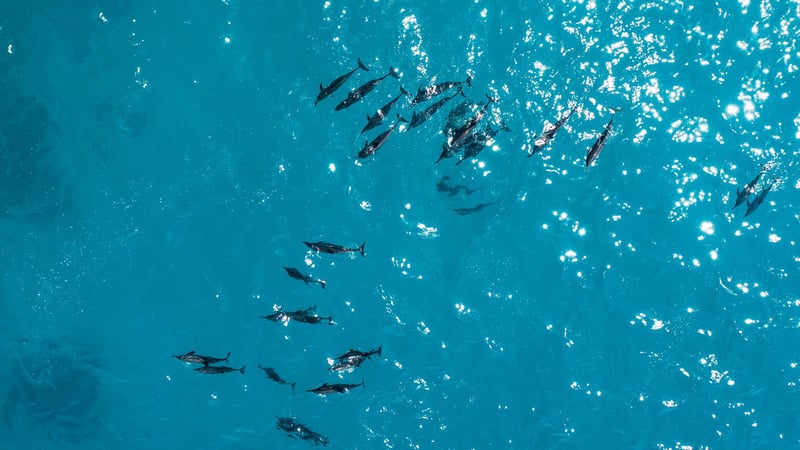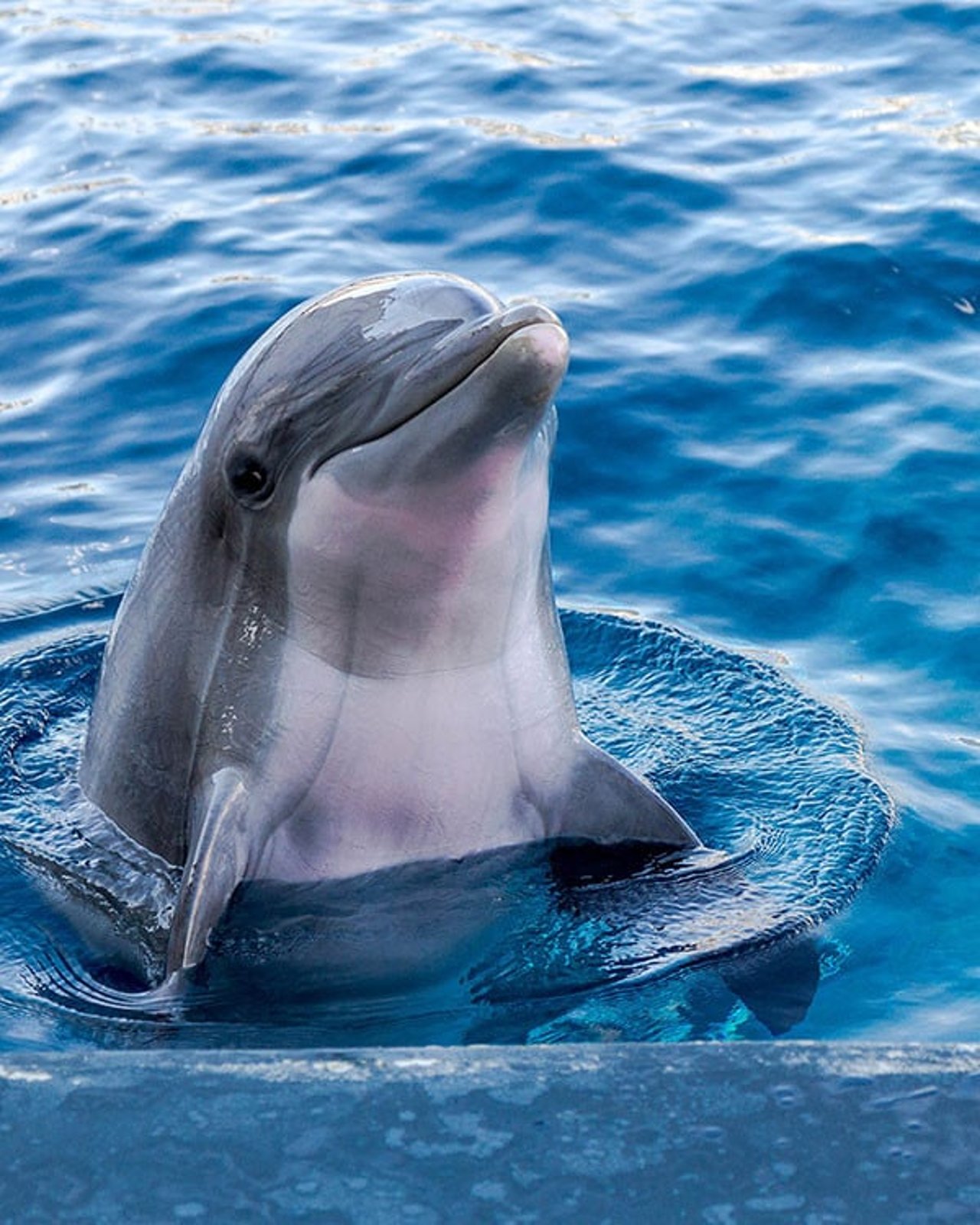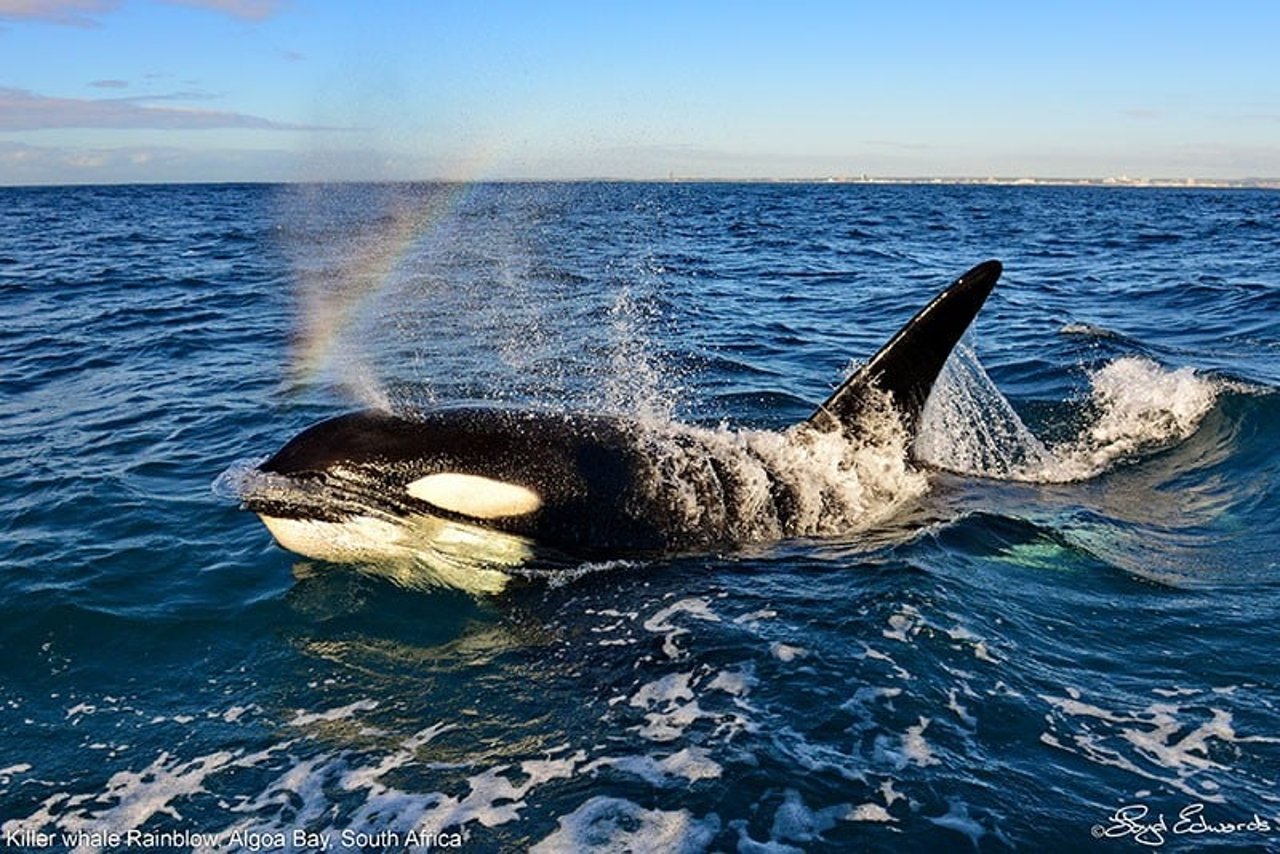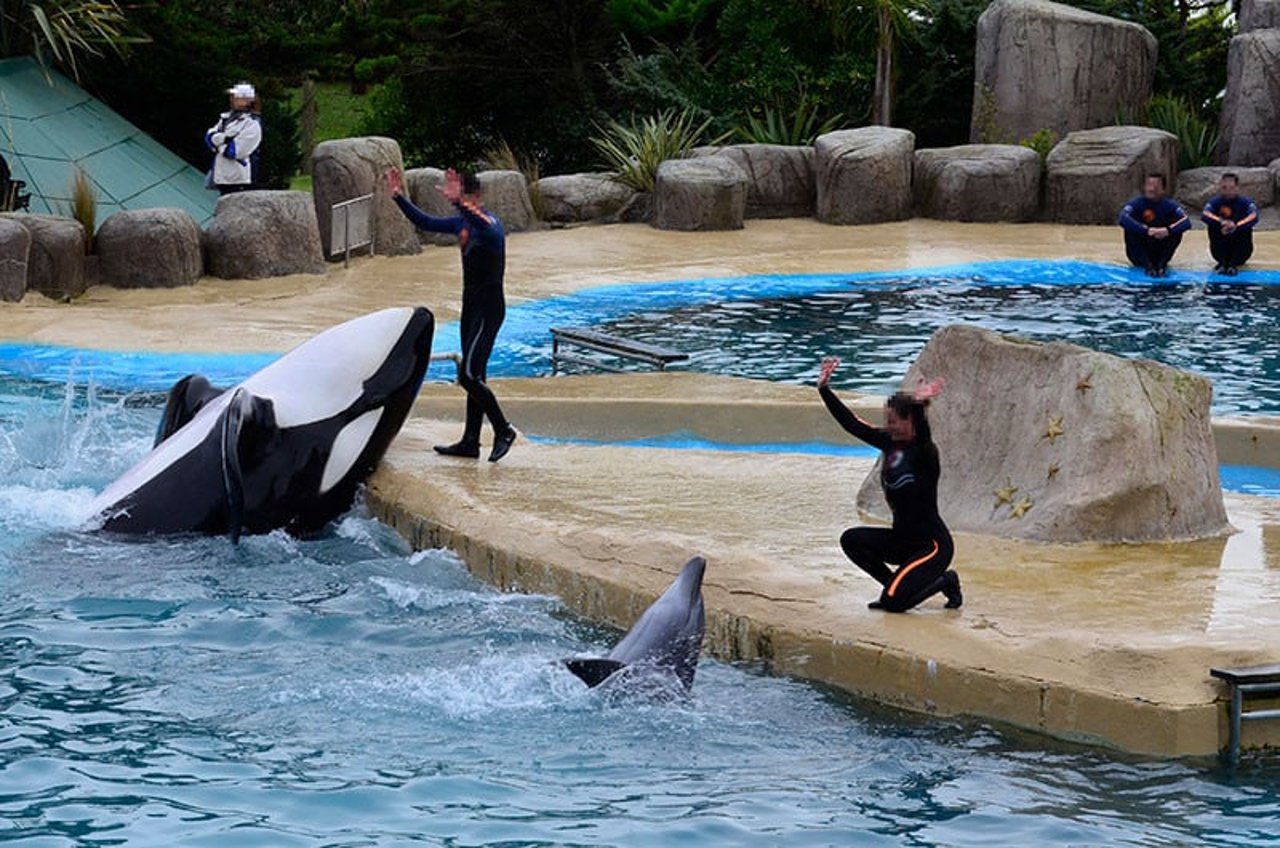
Dolphins are some of the most intuitive, interesting and beloved creatures on Earth. Here are seven surprising facts that will make you love these marine mammals even more.
Did you know that dolphins sleep with one eye open? Or that a bottlenose dolphin can swim over 25 miles per hour? Dolphins are some of the most fascinating creatures in the world, and there are plenty of things about them that may surprise you. In this blog post, we will share seven more surprising facts about dolphins.
1. They have unique names just like us.
Dolphins call to one another by name. Yes, you read that correctly. Dolphins can create and assign unique whistles and clicks to fellow members of the pod, making for some efficient communication and teamwork. Even more, research shows they can remember names for over 20 years and have been known to call on each other by name when apart or missing one another. What would your dolphin nickname be?
2. Dolphins form deep social connections.
While their gestation period is an average of 12 months, some dolphin species have pregnancies as long as 18 months. Once the calf is born, they are not shooed away from their mother’s side anytime soon. Dolphin calves have been known to spend the next 3 – 6 years of their lives by their mother’s side, ensuring that the calf has enough time to learn all things dolphin and form a close bond with their pod.
3. Dolphins must surface to breathe.
Often known or referred to as fish, dolphins are actually mammals who belong to the ‘cetacean’ family. Without the ability to breathe underwater, dolphins must surface for oxygen and can quickly get the air they need from their blowhole which is conveniently located on their back. This explains their tendency to swim closer to the surface, they do well with holding their breath to make longer, deeper dives.
4. Dolphins sleep with only half of their brain.
While dolphins prove to be similar to humans in many ways, their sleeping habits are very different. In fact, dolphins can alternate which side of their brain is sleeping; one side alert for danger, the other for catching up on some rest. Dolphins often lie still at the water's surface, occasionally bobbing slowly and steadily while snoozing. Remember, dolphins must surface to breathe, so staying at the surface is a must.
5. The killer whale is the largest species of dolphin.
Did you know the killer whale – also known as the orca – is the largest species of dolphin? Contrary to its nickname, this species isn’t a whale at all. In fact, the name is said to have originated from ancient sailors who witnessed orcas hunting larger whales. Fascinatingly, this species is widespread and can be found inhabiting all of Earth’s oceans but prefer colder, polar waters surrounding Antarctica, Alaska and the Northern Pacific Ocean, to name a few.
6. Dolphins have larger brains than humans.
Dolphins have larger brains than humans. Though, in this case, size may not matter. When comparing and measuring with a brain-to-body-weight ratio, a dolphin’s brain ranks lower than a human brain. What is most curious about dolphins is their complex and advanced neocortex, the part of the brain responsible for self-awareness, problem-solving. Dolphins have been found to have neurons identical to humans and great apes which are responsible for emotional and social cognition.
Did you know...
India has declared and recognises dolphins as non-human persons? No flipping way! This shouldn’t come as too much of a surprise now that we know of their complex emotions and self-awareness, but most importantly, this recognition means their capture and use is illegal. Dolphins are entitled to a life of freedom.
7. Dolphins aren’t smiling.
Despite their happy appearances, dolphins aren’t smiling. The happy face we have come to know and love is simply the shape of their jaw. While their appearance brightens up our day, this poses a problem when dolphins in captivity appear to be happy to perform in dolphin shows, leading visitors of these attractions to believe their lives are of high welfare standards. Whether captured from the wild or bred in captivity, this is far from the truth.
Read more on the truth of dolphins in captivity here.
It’s clear that dolphins are some of the smartest and most fascinating animals on Earth. Unfortunately, many people don’t realise they have been duped by travel companies like TUI into thinking that watching captive dolphins is a fun and ethical tourist activity. The reality is that these dolphins are kept in cruel conditions and made to perform in stressful environments in exchange for dead, frozen fish. The time to end dolphin captivity is now.
If you agree, please sign our petition asking TUI to stop promoting dolphinariums as a tourist attraction. With enough signatures, we can show TUI just how many people care about the welfare of these intelligent creatures and convince them to make a change.
Join our community to make a difference.
We campaign to improve the lives of animals in the UK and around the world. Why not join us today?
Image credits: Hero image: Ishan / unsplash.com/@seefromthesky | Body image 1: Ádám Berkecz / unsplash.com/@aberkecz | Body image 2: Lloyd Edwards / Raggy Charters | Body image 3: World Animal Protection | Icon image: Ranae Smith / unsplash.com/@bryteeyes3


